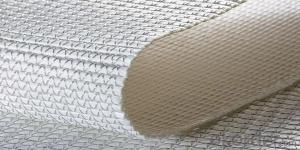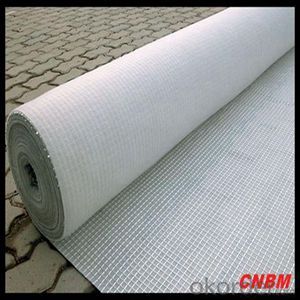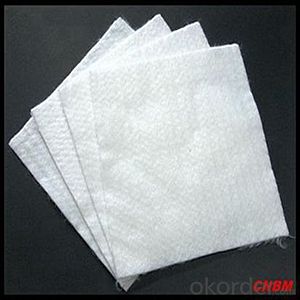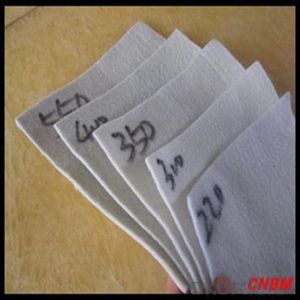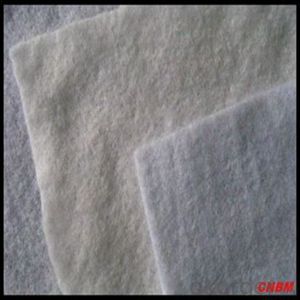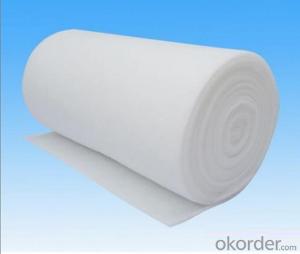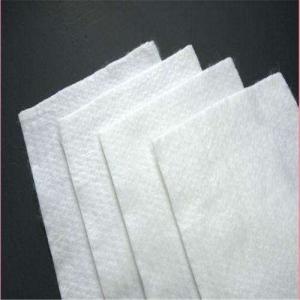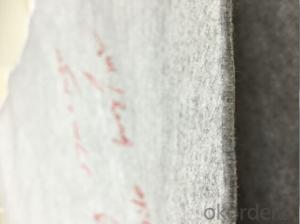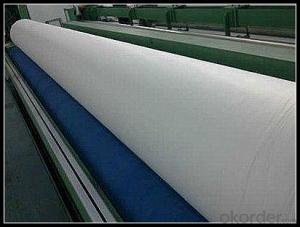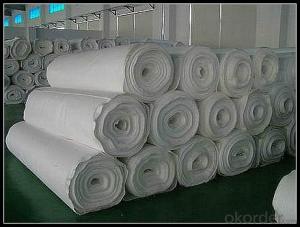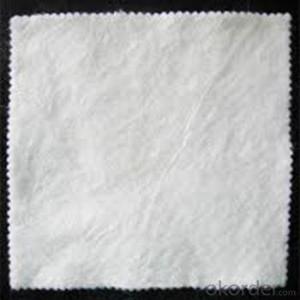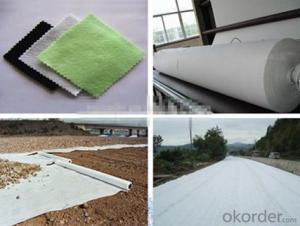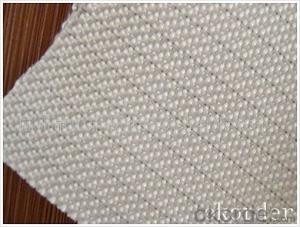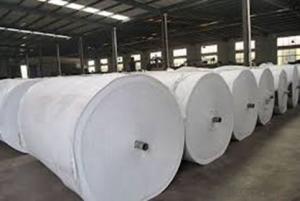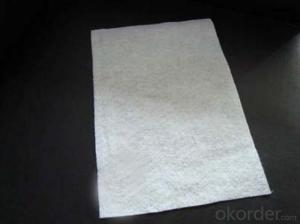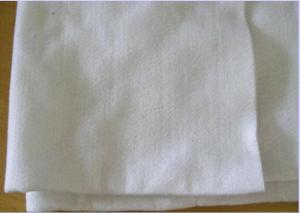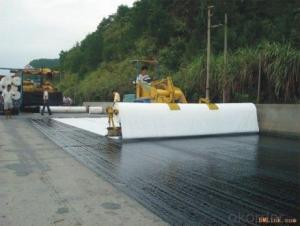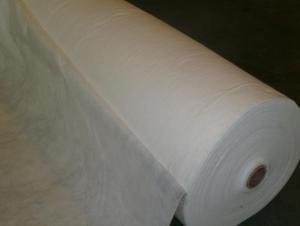Non-Woven Geotextile Fabric Mirafi PP Non-Woven Geotextile Industrial Nonwoven Fabric for Railway
- Loading Port:
- China main port
- Payment Terms:
- TT OR LC
- Min Order Qty:
- 1000 m²
- Supply Capability:
- 1000000 m²/month
OKorder Service Pledge
OKorder Financial Service
You Might Also Like
Specification
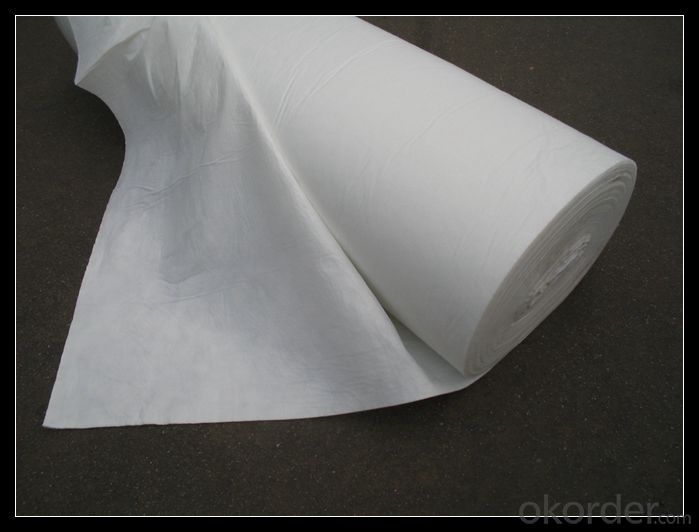
Non Woven Geotextile Introduction:
Nonwoven geotextiles are manufactured from the extrusion of polypropylene fibres which are then laid down on a manufacturing "bed" and then needle punched to entangle the fibres such that a dimensionally stable product is formed. Some additional thermal treatment is then applied to further improve the strength of the geotextile. Because of this manufacturing process non-woven geotextiles are generally best used in applications of drainage, filtration and protection
Our Service
Quality assurance
1.On a regular basis or as per your request,we entrust national testing agencies to conduct quality inspections
2. Strictly in accordance with the ISO9001-2008 international quality system standard,we monitor and manage the whole process throughout production,quality testing,and measurement to ensure product quality
3. For quality-related construction delay or substandard construction(except for damage or losses due to customer’s responsibility or irresistible natural disasters),we have refunding,replacement,and repair services.We will respond to customers’ feedbacks on quality issues within 24 hours.
Packaging & Shipping
Packing: PLASTIC FILM INSIDE, AND WOVEN BAG OUTSIDE
Shipping: About 15 days after receipt the deposit
FAQ:
Q: What kind of payments does jenor support?
A: T/T, L/C, Cash are accepted.
Q: Do you charge for the samples?
A: Accordeing to our company policy, the samples are free, we only charge the freight fee. And we will return the freight fee during the next order.
Q: Can you produce according to customers' design?
A: Sure, we are professional manufacturer, OEM and ODM are both welcome.
Q: Do you have other products?
A: Yes, please check the pictures:
- Q: How do geotextiles affect wildlife habitats?
- Geotextiles can have both positive and negative effects on wildlife habitats. On one hand, they can be used to protect and restore ecosystems by preventing soil erosion, stabilizing slopes, and controlling sedimentation. This can create favorable conditions for wildlife by preserving natural habitats and preventing habitat loss. On the other hand, improper installation or use of geotextiles can disrupt natural processes, such as water flow, and alter the composition of habitats. Therefore, it is crucial to consider the specific application and environmental context when assessing the impact of geotextiles on wildlife habitats.
- Q: How do geotextiles help with weed control in landscaping projects?
- Geotextiles help with weed control in landscaping projects by acting as a barrier that prevents weed growth. They are placed under the topsoil or mulch and effectively block the sunlight that weeds need to grow. Additionally, geotextiles provide a physical barrier that inhibits weed root penetration and spread. This reduces the need for chemical herbicides and minimizes the maintenance required to keep landscaping areas weed-free.
- Q: What are the different geotextile filter criteria?
- Some of the different geotextile filter criteria include permeability, pore size distribution, puncture resistance, durability, and chemical resistance. These criteria help determine the effectiveness of a geotextile in filtering water and preventing soil erosion.
- Q: How do geotextiles contribute to soil filtration?
- Geotextiles contribute to soil filtration by acting as a physical barrier that allows water to pass through while filtering out sediment and other contaminants. They help to prevent soil erosion, improve water quality, and enhance the overall stability and sustainability of soil.
- Q: We are scrambling to sell geotextiles, recommended geotextile. What is the principle of geotextile seepage? Why can geotextile seepage? More
- Geotextile impermeability depends mainly on the anti-seepage properties of plastic film. Is a new type of building materials, raw materials are polyester, acrylic, nylon and other polymer polymer synthetic fiber.
- Q: What is the meaning of the geotextile What is its working principle
- Hot geotextile cloth is to isolate the heat and cover a layer of geotextile material. Advantages: light weight, the overall continuity is good, high tensile strength, corrosion resistance, anti-microbial erosion is good, easy construction. Non-woven geotextile properties: small pore diameter, good permeability, soft texture, and soil with a good combination. 2, construction (1) according to the embankment or base wide full section laying. (2) leave sufficient anchorage length on each side of the embankment or substrate. (3) To ensure integrity, when the lap method is continuous, the lap length should be 0.3 ~ 0.5m. When the seam is connected, the bond width is not less than 50mm. (4) site construction, material damage must be immediately repaired. Upper and lower seams should be alternately staggered, staggered length of not less than 0.5m. (5) try to avoid prolonged exposure.
- Q: How do geotextiles aid in the reduction of soil compaction?
- Geotextiles aid in the reduction of soil compaction by acting as a barrier between the soil and external forces. They distribute the load over a larger area, reducing the pressure on the soil. This helps to minimize soil compaction and maintain the structural integrity of the soil, making it more resistant to compression.
- Q: Do geotextiles have any environmental benefits?
- Yes, geotextiles have several environmental benefits. They help in erosion control by stabilizing soil and preventing sediment runoff into water bodies. They also aid in vegetation growth by retaining moisture and promoting root development. Geotextiles can reduce the need for chemical herbicides and fertilizers by acting as a physical barrier against weed growth. Additionally, they can enhance the efficiency of drainage systems, reducing the risk of waterlogging and promoting groundwater recharge. Overall, geotextiles contribute to sustainable land management practices and help protect the environment.
- Q: Can geotextiles be used in the protection of groundwater sources?
- Yes, geotextiles can be used in the protection of groundwater sources. Geotextiles are permeable fabrics that can be used to create barriers and filters in various applications. When used in groundwater protection, geotextiles can act as a barrier to prevent the movement of contaminants or pollutants from reaching the groundwater sources. They can also be used as filters to separate and remove suspended particles, sediments, or pollutants from stormwater runoff before it infiltrates into the groundwater. Overall, geotextiles can play a crucial role in maintaining the quality and integrity of groundwater sources.
- Q: What are the considerations for geotextile selection in coastal engineering projects?
- There are several important considerations for geotextile selection in coastal engineering projects. Firstly, the geotextile should possess high tensile strength and durability to withstand the harsh coastal environment, including waves, tides, and erosion. It should also have good permeability to allow for proper water drainage while preventing the loss of soil particles. Additionally, the geotextile should be resistant to UV degradation and chemical exposure, as well as be compatible with the surrounding soil and other materials used in the project. Lastly, factors such as installation ease, cost-effectiveness, and the specific requirements of the project should also be taken into account when selecting the appropriate geotextile for coastal engineering projects.
Send your message to us
Non-Woven Geotextile Fabric Mirafi PP Non-Woven Geotextile Industrial Nonwoven Fabric for Railway
- Loading Port:
- China main port
- Payment Terms:
- TT OR LC
- Min Order Qty:
- 1000 m²
- Supply Capability:
- 1000000 m²/month
OKorder Service Pledge
OKorder Financial Service
Similar products
Hot products
Hot Searches
Related keywords
